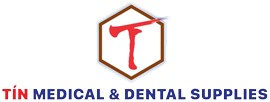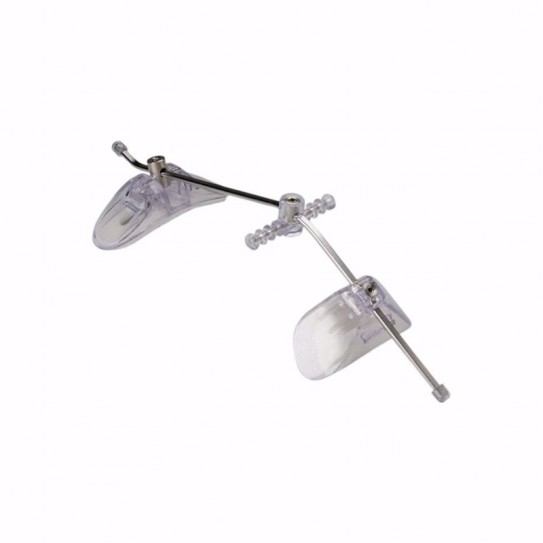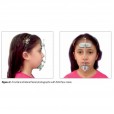Protraction Facemask - Mask CL III - Cái
- Hãng sản xuất:Dentsply Sirona - Mỹ
- Giá: LIÊN HỆ ĐỂ CÓ GIÁ TỐT NHẤT
0đ
Hỗ trợ mua hàng
- DĐ: 0949085777
- ĐT: 0292.6250175 - 0292.2220677
- Email: thietbiynhatin@gmai.com
Nhắn tin gọi điện miễn phí
PROTRACTION FACEMASK - MASK CL III
NXS: DENTSPLY SIRONA - MỸ
Hàng Chính Hãng
Quy cách: Cái
Objective:To investigate the effectiveness of early class III protraction facemask treatment in children under 10 years of age.
Design:Multicentre, randomized controlled trial.
Setting:Eight UK hospital orthodontic units.
Subjects and methods:Seventy-three patients were randomly allocated, stratified for gender, into an early class III protraction facemask group (PFG) (n = 35) and a control/no treatment group (CG) (n = 38).
Outcomes:Dentofacial changes from lateral cephalograms and occlusal changes using the peer assessment rating (PAR). Self-esteem was assessed using the Piers-Harris children's self-concept scale, and the psychosocial impact of malocclusion with an oral aesthetic subjective impact scores (OASIS) questionnaire. Temporomandibular joint (TMJ) signs and symptoms were also recorded. The time points for data collection were at registration (DC1) and 15 months later (DC2).
Results:The following mean skeletal and occlusal changes occurred from the class III starting point: SNA, PFG moved forwards 1.4 degrees (CG forward 0.3 degrees; P = 0.018); SNB, PFG moved backwards -0.7 degrees (CG forward 0.8 degrees; P<0.001); ANB, PFG class III base improved +2.1 degrees (CG worsened by -0.5 degrees; P<0.001). This contributed to an overall difference in ANB between PFG and CG of 2.6 degrees in favour of early protraction facemask treatment. The overjet improved +4.4 mm in the PFG and marginally changed +0.3 mm in the CG (P<0.001). A 32.2% improvement in PAR was shown in the PFG and the CG worsened by 8.6%. There was no increased self-esteem (Piers-Harris score) for treated children compared with controls (P = 0.22). However, there was a reduced impact of malocclusion (OASIS score) for the PFG compared with the CG (P = 0.003), suggesting treatment resulted in slightly less concern about the tooth appearance. TMJ signs and symptoms were very low at DC1 and DC2 and none were reported during active facemask treatment.
Conclusions:Early class III orthopaedic treatment, with protraction facemask, in patients under 10 years of age, is skeletally and dentally effective in the short term and does not result in TMJ dysfunction. Seventy per cent of patients had successful treatment, defined as achieving a positive overjet. However, early treatment does not seem to confer a clinically significant psychosocial benefit.






